Hasta in Kathak
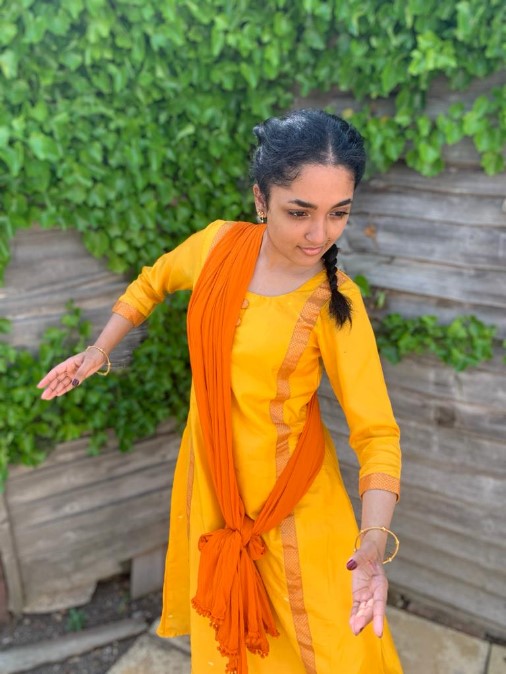
#WednesdayWisdom is a series that began during the 40th anniversary celebration of Akademi to revisit Indian classical dance roots by sharing gems of knowledge from ancient Shastras (dance texts) that hold relevance even today. The blog is curated by Bharatanatyam artist, Suhani Dhanki, along with with our Head of Marketing, Antareepa Thakur.
In this blog series, we are inviting artists practicing different South Asian dance styles to contribute some interesting facts about their art forms, some of them rarely seen in the UK. Read our previous blogs in this series here.
This blogpost on Hasta in Kathak is researched and written by Ashwini Kalsekar, a celebrated Kathak Artist and choreographer based in London. With a Masters degree in Kathak, she continues to train and guide Kathak artists across the UK. She is the Artistic Director of Kirti Kala Mandir UK.
The meaning of a mudra (symbol or sign) in Sanskrit is ‘mudam anandang rati dadati (‘that which gives ultimate joy’).
Most Indian classical dancers follow texts like Bharata’s Natyashastra or Nandikeshwara’s Abhinaya Darpanam as reference points for the various hand gestures. Similarly, Kathak artists also follow the popular text Abhinaya Darpanam (Mirror of Gestures) as a guideline for hand gestures.
Yet, Kathak is blessed with ‘upaj’, lit. extempore, an element of spontaneity. Thus, the use of hastak or mudra (hand gestures) while performing are merely a result of ‘sahajta’ or naturalness and, keeping that prominent, gestures were applied as a form of communicating the expression to the audiences.
In Kathak, Guru Parampara or the teachings handed down the generations through oral tradition from master to pupil has been the most valuable source of present day knowledge of the art form. Each Gharana or school of Kathak thus has various interpretations according to their respective traditions. Similarly, Pt. Birju Maharaj ji, one of the most respected authorities on Kathak, created a simple vocabulary for Kathak.
The basic positions of Hastak or Mudra are explained below:
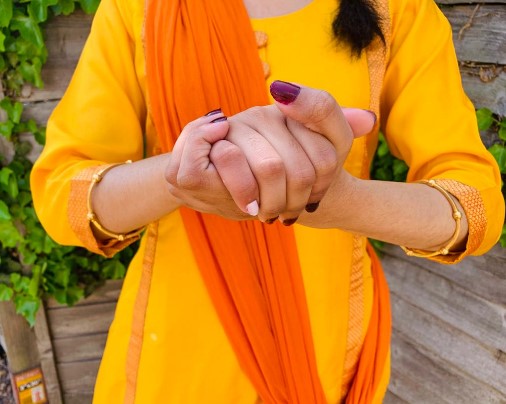
1) Naman
Placing right palm on top of the left, equivalent to Samputa hasta.
Use: This position is held while doing tatkar.
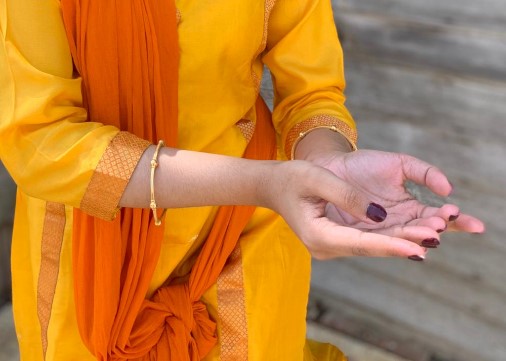
2) Anjuri
Both hands in Sarpashirsha hasta, joined together at the little finger, similar to Pushpaputa hasta.
Use: It is used in Nritta (pure dance) while presenting a tukra and in abhinaya (expression) while holding flowers, drinking water etc.
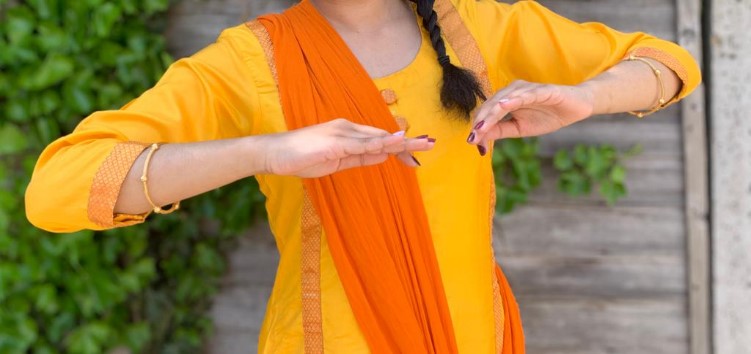
3) Utpatti
Holding Arala hasta in both hands.
Use: This is the basic position which is used while presenting Nritta (pure dance) in Kathak.
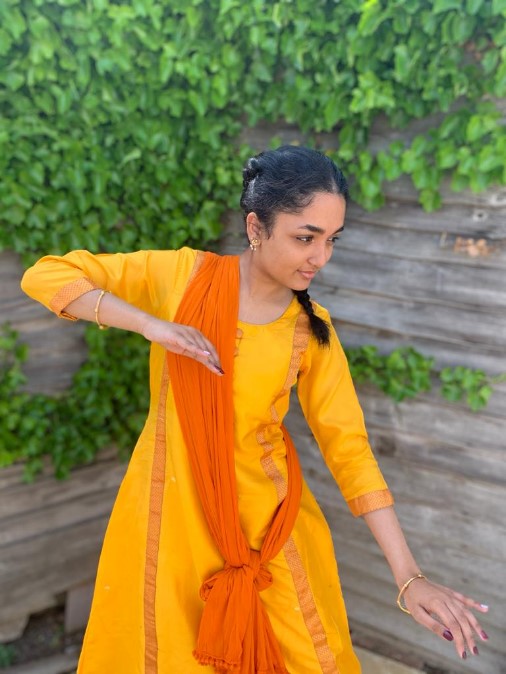
4) Sthir
The right hand in Arala hasta and the left hand extended firmly in Pataka hasta facing downwards in a specific side angle.
Use: This can be considered/used as Sam – the starting position of any choreographic presentation.

5) Mridanga
Both hands in Pataka hasta, as if striking a big drum (Mridanga) from both sides.
Use: As the name itself suggests, it is used to denote Mridang – a musical instrumental for percussion.
To conclude, in my opinion Kathak is probably the only classical dance form with ‘Upaj’, where dancers always create something outside the textbook and are still able to meaningfully convey meaning to the audience with the help of new hastak or unnamed mudras, yet within the framework of structured Angikabhinaya (body language).
Images courtesy of Ashwini Kalsekar; featuring Siya Kalsekar
Watch this space for more blogposts in our #WednesdayWisdom series on hasta.